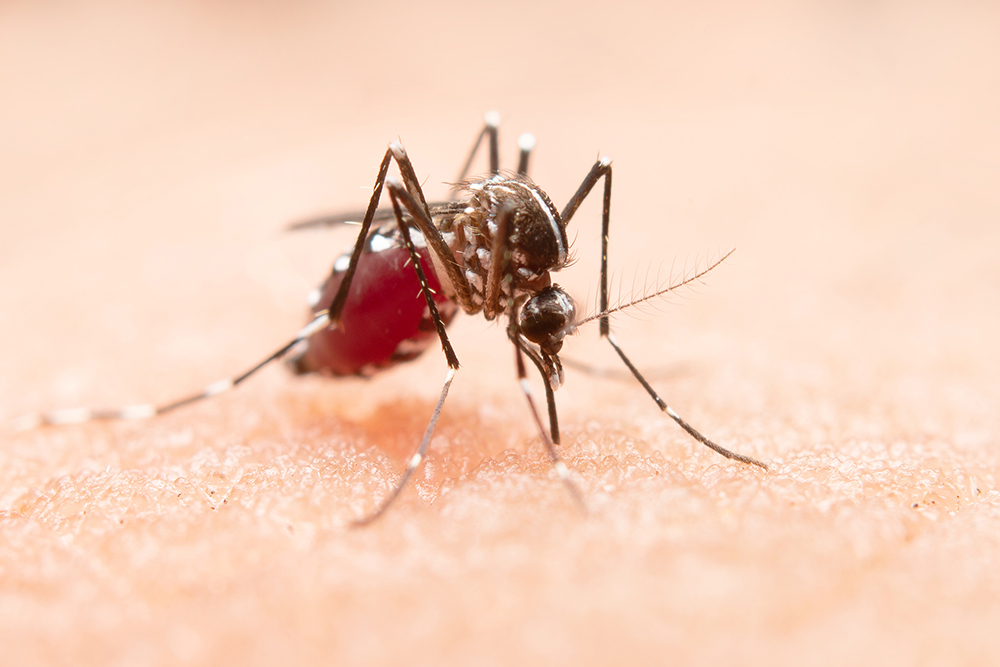According to experts, more than half of the world’s population may be at risk of mosquito-borne diseases such as malaria and dengue fever. These diseases, transmitted by mosquitoes, can lead to severe health consequences.
l Dengue Fever: Over 40% of the world’s population in more than 100 countries is at risk of dengue infection. It is estimated that there are up to 390 million cases of dengue fever worldwide each year, with up to 25,000 deaths. Dengue outbreaks have been recorded in Southeast Asia, the Americas and the Western Pacific.
l Zika Virus: The Zika virus was first discovered in 1947 and has recently erupted globally. The virus has spread to 84 countries with the presence of Aedes mosquitoes. Zika virus infection during pregnancy has been associated with congenital brain abnormalities in newborns.
l Chikungunya: Chikungunya is a virus transmitted by Aedes aegypti mosquitoes. It causes debilitating joint pain and is very common in Asia, Africa and India.
l Yellow Fever: Yellow fever is a viral disease that affects about 47 countries, with the highest outbreak risk in 13 countries in the Americas. Symptoms include fever, chills, muscle pain and headache and can be fatal.
Due to global warming and climate change, the risk of mosquito-borne diseases is expected to increase. Rising temperatures allow disease-carrying mosquitoes to thrive in new areas, leading to more frequent and complex outbreaks. If carbon emissions and population growth continue along current trajectories, it is projected that up to 4.7 billion people will be affected by dengue and malaria by the end of this century.
In the face of the immense challenge posed by mosquito-borne diseases to global public health, it is crucial to adopt comprehensive prevention measures and early diagnostic strategies. Prevention measures include improving environmental management, eliminating potential mosquito breeding sites such as abandoned containers and stagnant water areas, and using insecticides and biological control methods to reduce mosquito populations. Personal protection, such as wearing long-sleeved clothing, using bed nets and insect repellents, is also key to reducing the risk of infection. Additionally, public education to raise awareness about mosquito-borne diseases, as well as vaccination to prevent certain mosquito-borne diseases such as yellow fever, are effective preventive measures.
Early diagnosis relies on strengthening disease surveillance systems, rapid identification and reporting of cases and enhancing healthcare workers’ ability to recognize symptoms of mosquito-borne diseases. The application of rapid diagnostic test kits can significantly reduce the time to confirmation, thus accelerating treatment processes and reducing the spread and severe consequences of diseases.
